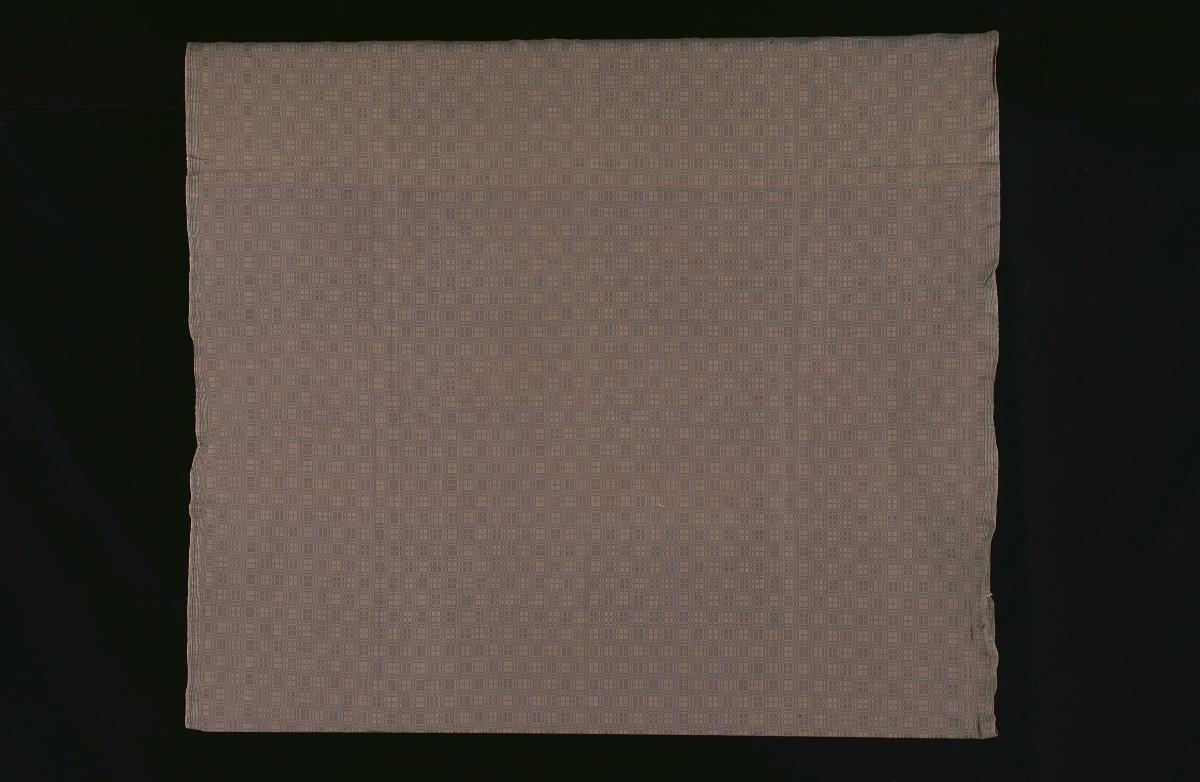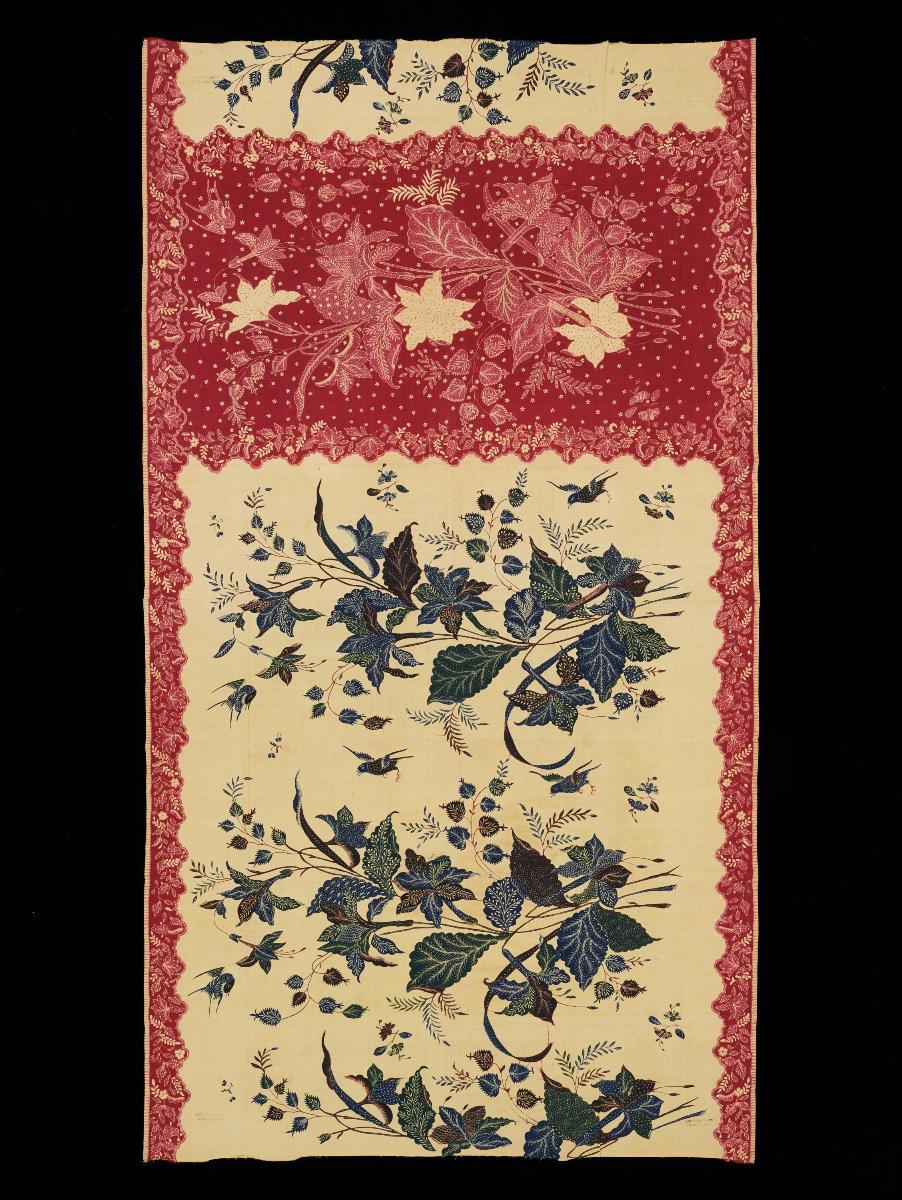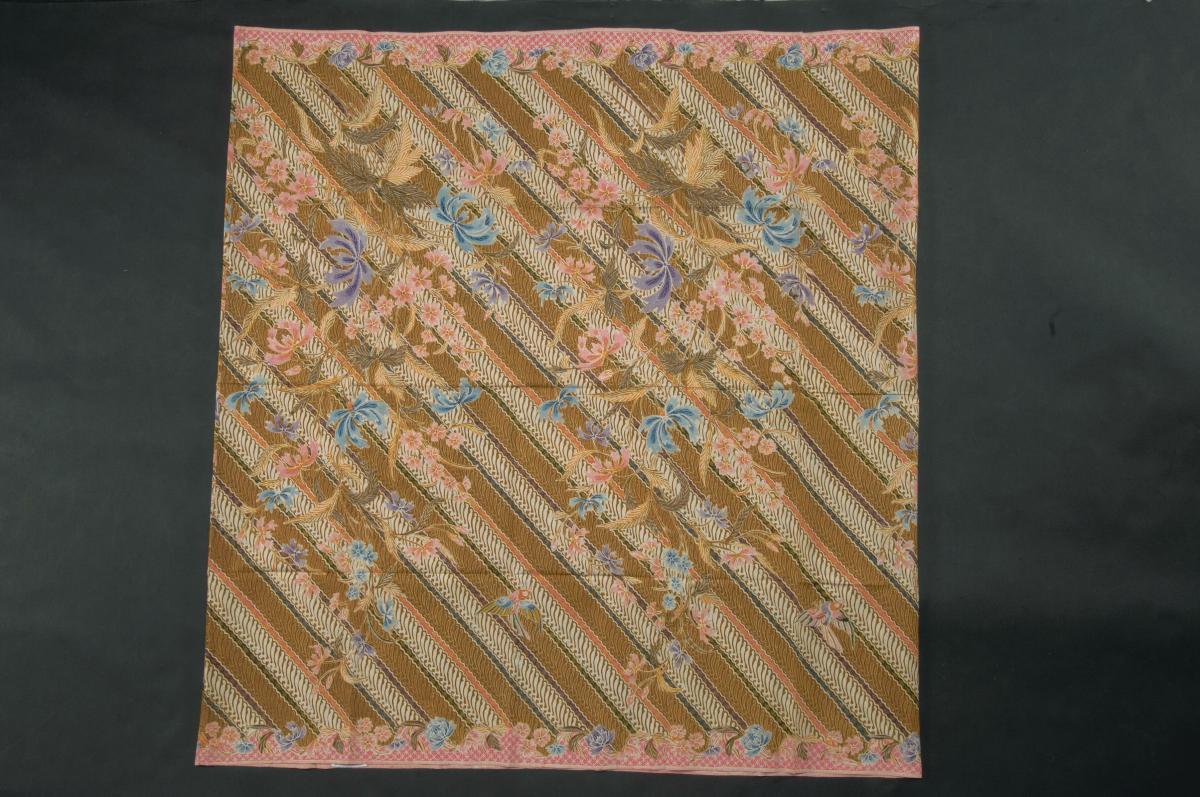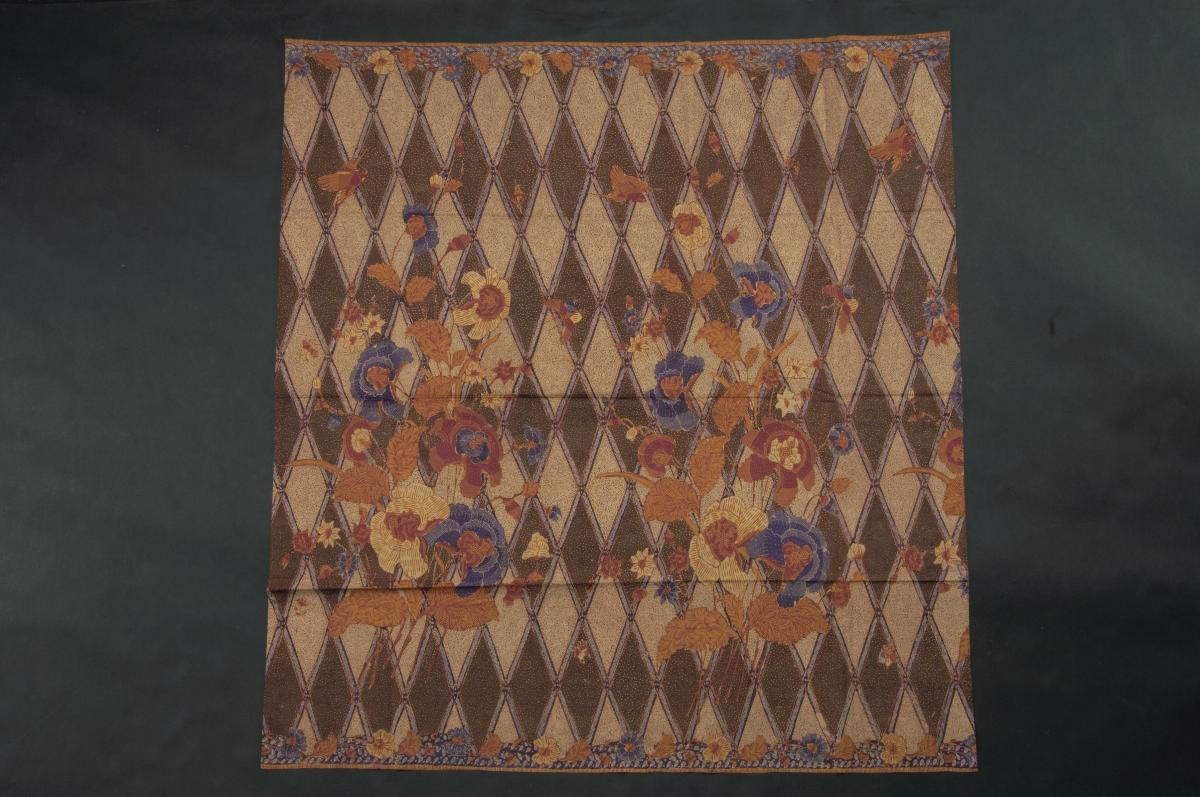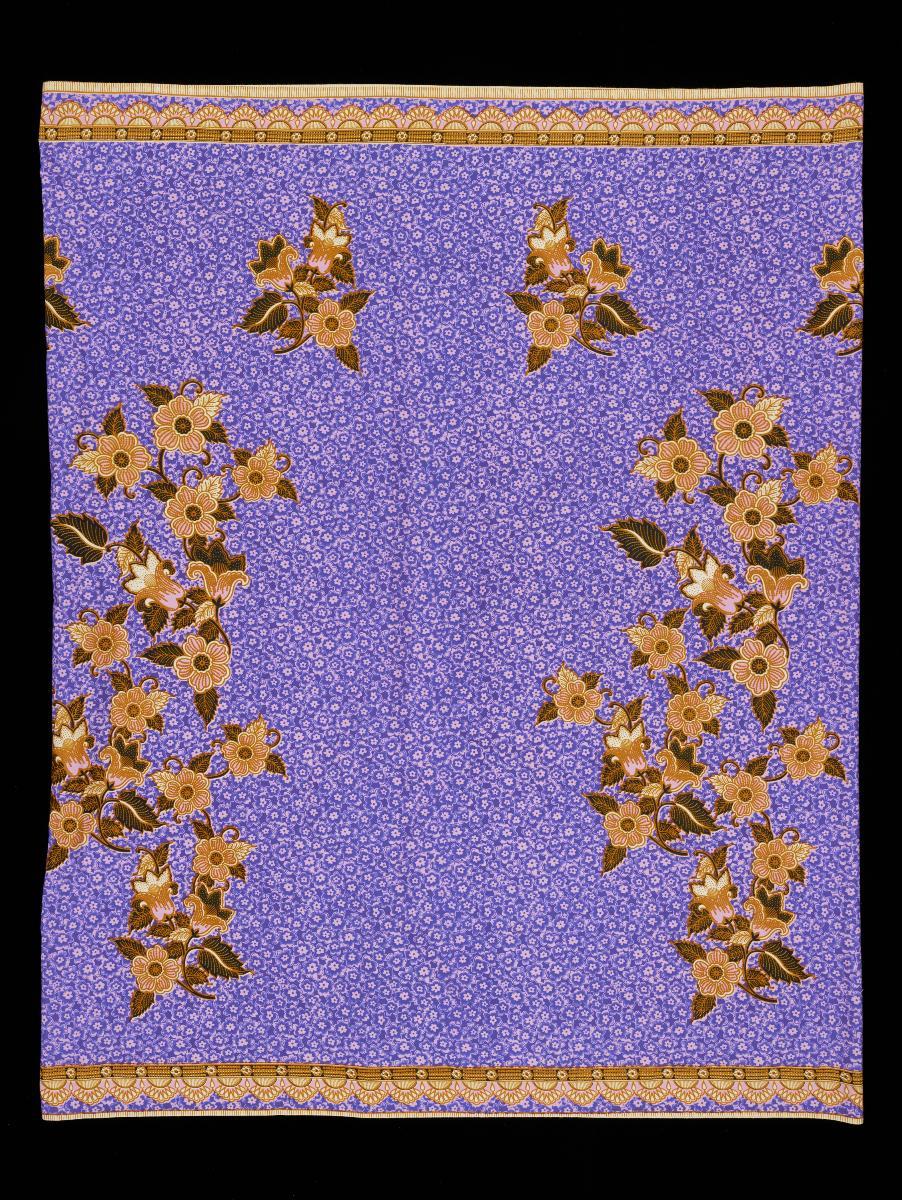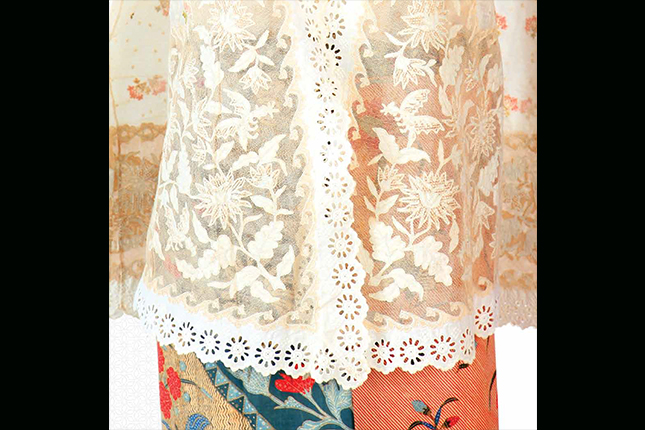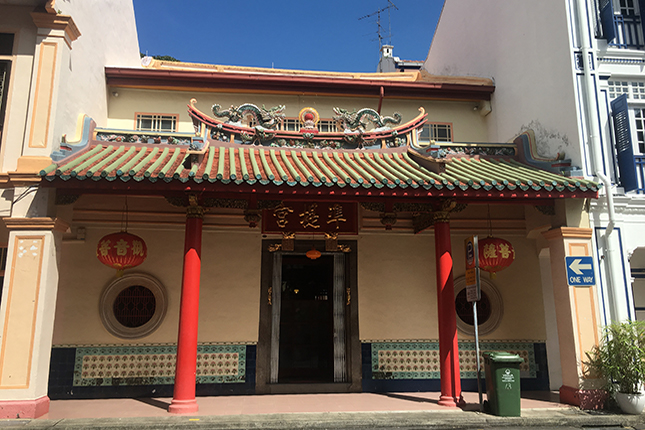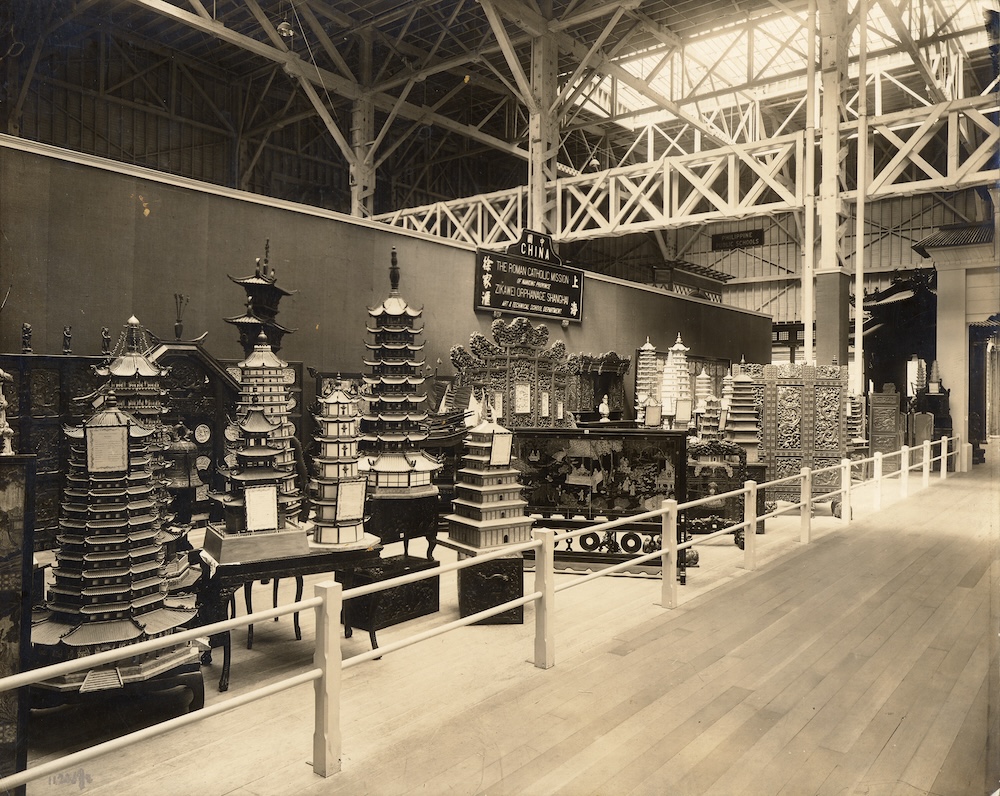Arakan cotton longyi such as this example, have flowing, continuous supplementary weft on a plain, striped or checked ground. While black was most often used for the supplementary weft, white and other colours were used on a dark ground. Bold geometric designs based on small repetitive patterns formed in combination with lines, squares and circles were traditionally favoured by men.During 18th and 19th centuries, the majority of Burmese everyday clothing was woven from locally produced cotton, while silk was imported from China. A family's clothing was traditionally woven by the Burmese women. A wide variety of natural dyes were used to make brightly coloured and boldly patterned textiles, and weaving was deeply rooted in the Burmese life. Changes in lifestyle over the centuries brought about some modifications to the basic Burmese traditional wear – from the more voluminous and elaborate hip wrappers to the narrower, tubular 'longyi'. Stripes and plaid cotton were worn by all. This sarong is worn around the waist, folded into a neat pleat on one side and then tucked into the attached waistband. The Arakanese who inhabit the coastal area of the Bay of Bengal came under the Burmese rule in 1785.




